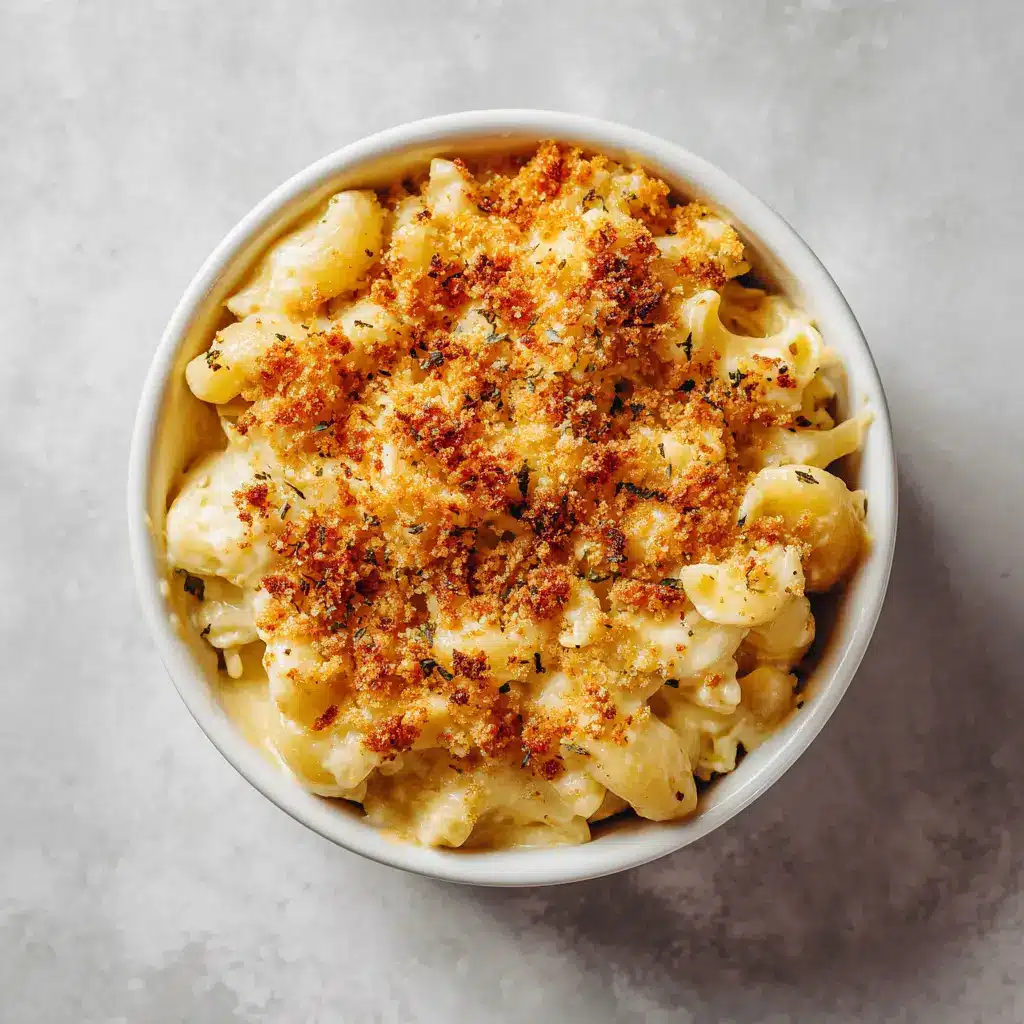Introduction
When I first started looking for a truly satisfying low calorie mac and cheese, I wanted more than just a “lighter” version—I wanted the same creamy comfort I grew up loving, just without the calorie overload. If you’re like me, trying to balance health goals with real flavor, you’re going to love what I’ve discovered. In this post, I’ll show you exactly how I make mac and cheese that’s rich, cheesy, and still fits beautifully into a low calorie lifestyle. I’ll share my go-to ingredient swaps, a few tricks to get that luscious texture without heavy cream, and easy ways to boost protein or meal-prep it for the week.
Don’t miss our Comforting Healthy Recipes Guide if you’re craving even more guilt-free comfort food.
Why Low Calorie Mac and Cheese Hits the Sweet Spot
What “low calorie” really means in mac and cheese
Let’s be real—mac and cheese isn’t exactly known for being waistline-friendly. But what if it could be? For me, “low calorie mac and cheese” isn’t about cutting corners. It’s about getting creative with ingredients so you still get that creamy, cheesy bite, without blowing your daily intake.
Typically, a traditional homemade mac and cheese can run anywhere from 500 to 800 calories per serving—sometimes more if you add butter, whole milk, or heavy cheeses. But with just a few smart swaps, mine comes in under 400 calories per generous portion. I use high-protein pasta, a lighter cheese blend, and a sneaky base that adds creaminess without cream. And trust me—it doesn’t taste like diet food. It just tastes good.
If you’ve ever felt torn between comfort food and your goals, this recipe gives you both. You won’t have to sacrifice that warm, nostalgic flavor, and you definitely won’t feel deprived.
Check out our guilt-free comfort food recipes for more ideas that fit your goals.
My comfort food moment — how I changed the recipe to keep flavor without the guilt
I remember the moment clearly. I was curled up on the couch, craving something warm, cheesy, and familiar—but I had just started tracking my meals and didn’t want to undo my progress. That’s when I decided: I wasn’t going to give up mac and cheese. I was just going to make it smarter.
The first few tries were rough. Swapping out every ingredient made it taste like… regret. But then I started tweaking things: using cottage cheese blended with a bit of light cheddar, adding Dijon mustard for depth, and baking it with a crispy topping made of whole grain breadcrumbs. The texture? Still dreamy. The flavor? Shockingly rich.
Now, it’s become a weekly go-to. My kids love it. My friends always ask for the recipe. And best of all, I can enjoy it without guilt or second-guessing.
If you love smart comfort food like this, don’t miss our lightened-up burger recipe—another favorite at our house.
Ingredients & Smart Swaps for Low Calorie Mac and Cheese
Essential ingredients + nutrition breakdown
When making low calorie mac and cheese, the magic really starts with the ingredients. Every element matters—not just for calories, but for taste and texture too.
Here’s what I use in my version:
| Ingredient | Why It Works | Calories (approx. per serving) |
|---|---|---|
| High-protein chickpea or lentil pasta | Boosts fiber + protein, fewer refined carbs | 190 |
| 2% milk or unsweetened almond milk | Creaminess without the heaviness | 30–60 |
| Low-fat cottage cheese (blended) | Adds richness + protein | 50 |
| Light sharp cheddar cheese | Delivers bold flavor in smaller amounts | 80 |
| Dijon mustard | Enhances the cheesy flavor naturally | 0 |
| Garlic powder, paprika, salt | Flavor without calories | ~0 |
| Whole wheat or gluten-free breadcrumbs (optional topping) | For crunch without deep fat | 25 |
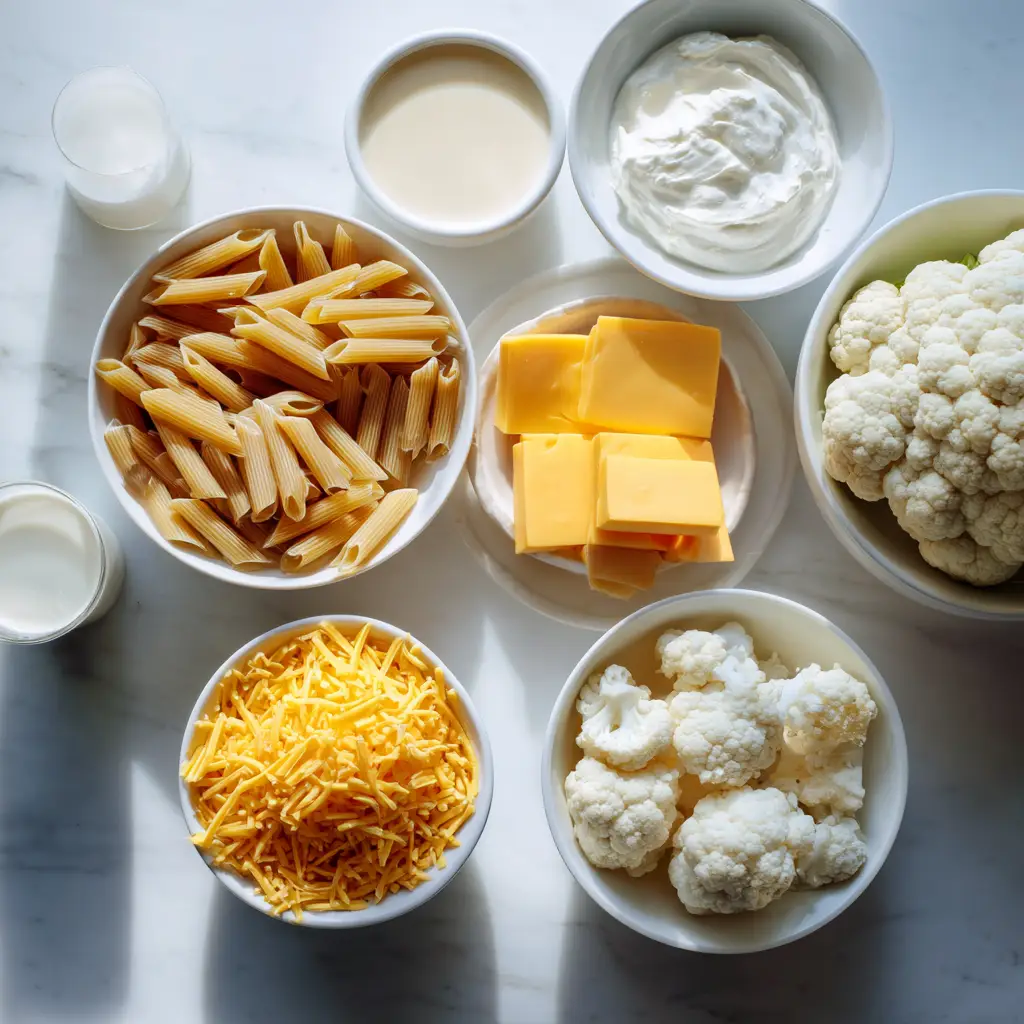
That’s around 375–400 calories per full portion—depending on the pasta brand and cheese you use. And it feels way more indulgent than it sounds.
Want a soup starter to go with it? Try this cozy healthy mushroom soup recipe—it pairs beautifully with mac and cheese.
Unexpected swaps to cut calories: veggies, legumes, alternate milks
Over time, I’ve played around with swaps that go beyond the usual “reduced fat cheese” routine. Some of them have totally changed the game for my low calorie mac and cheese:
- Butternut squash purée: Adds silkiness and color while replacing most of the cream or milk. You can’t taste the veggies, but your body will thank you.
- Cauliflower blended into the sauce: High in fiber and low in calories, it helps create volume without extra cheese.
- Cottage cheese (blended until smooth): I swear by this one—it’s rich, high in protein, and makes the sauce ultra creamy.
- Unsweetened almond milk: A neutral, super-light base that works well if you’re going dairy-light.
- A splash of Greek yogurt at the end: Adds tang and protein, especially if you’re reheating it later.
If you’re experimenting with healthy ingredients, you might also enjoy our healthy buffalo chicken dip—it’s full of protein and big flavor with no guilt.
These swaps let you customize the mac to your needs—lower carb, higher protein, dairy-free, or just extra veggie-packed. No flavor lost. Just smarter choices.
Want to see it in action? Watch this quick video tutorial to get a visual walk-through of a healthy mac and cheese technique that’s very close to this one—with creamy swaps and all. Perfect if you’re the kind of cook who loves seeing the steps unfold.
Step-by-Step Recipe + Texture Tips
The method — making it creamy without heavy cream
Let me walk you through exactly how I make my low calorie mac and cheese at home. It’s quick, it’s one-pot friendly, and best of all—it’s creamy without a drop of heavy cream.
Here’s how I do it:
- Boil your pasta: Use a high-protein or whole grain macaroni. Cook it just to al dente—don’t overdo it or it’ll fall apart when mixed into the sauce.
- Blend your base: In a blender, I combine low-fat cottage cheese, 2% milk (or almond milk), Dijon mustard, garlic powder, and salt. Blend until silky smooth.
- Melt the cheese: Pour the sauce into a pan on medium heat. Stir in your light shredded cheddar and a bit of parmesan until melted.
- Combine: Add your drained pasta into the cheese sauce. Mix gently to coat everything.
- Optional bake: Transfer to a baking dish, top with a tablespoon of whole wheat breadcrumbs, and broil for 3–5 minutes until golden.
That’s it! It takes about 20 minutes start to finish, and tastes like you’ve been in the kitchen all afternoon.
Want another easy comfort classic that works for lunch or dinner? Don’t miss our healthy orange chicken recipe—it’s another fast favorite in our home.
Texture & flavor boosters: crust, seasoning, cheese mix
Low calorie mac and cheese doesn’t have to mean boring or bland. A few easy tricks take this from “decent” to “oh wow, this is actually amazing.”
Here’s how I boost texture and flavor:
- For the ultimate crust: A mix of whole wheat breadcrumbs and a touch of grated parmesan does wonders under the broiler.
- A splash of pasta water: If your sauce ever feels too thick, just stir in a spoonful of the starchy water before serving. It brings the silky finish back.
- Mix cheeses strategically: I love using sharp cheddar (for boldness) and just a little bit of parmesan or gouda for depth. You don’t need much—small amounts of intense cheeses go far.
- Don’t skip Dijon: It doesn’t make it taste mustardy, but it does make the cheese flavor pop. Trust me on this.
- Add-ins for a protein boost: Sometimes I’ll toss in cooked chicken breast or a handful of peas for extra staying power.
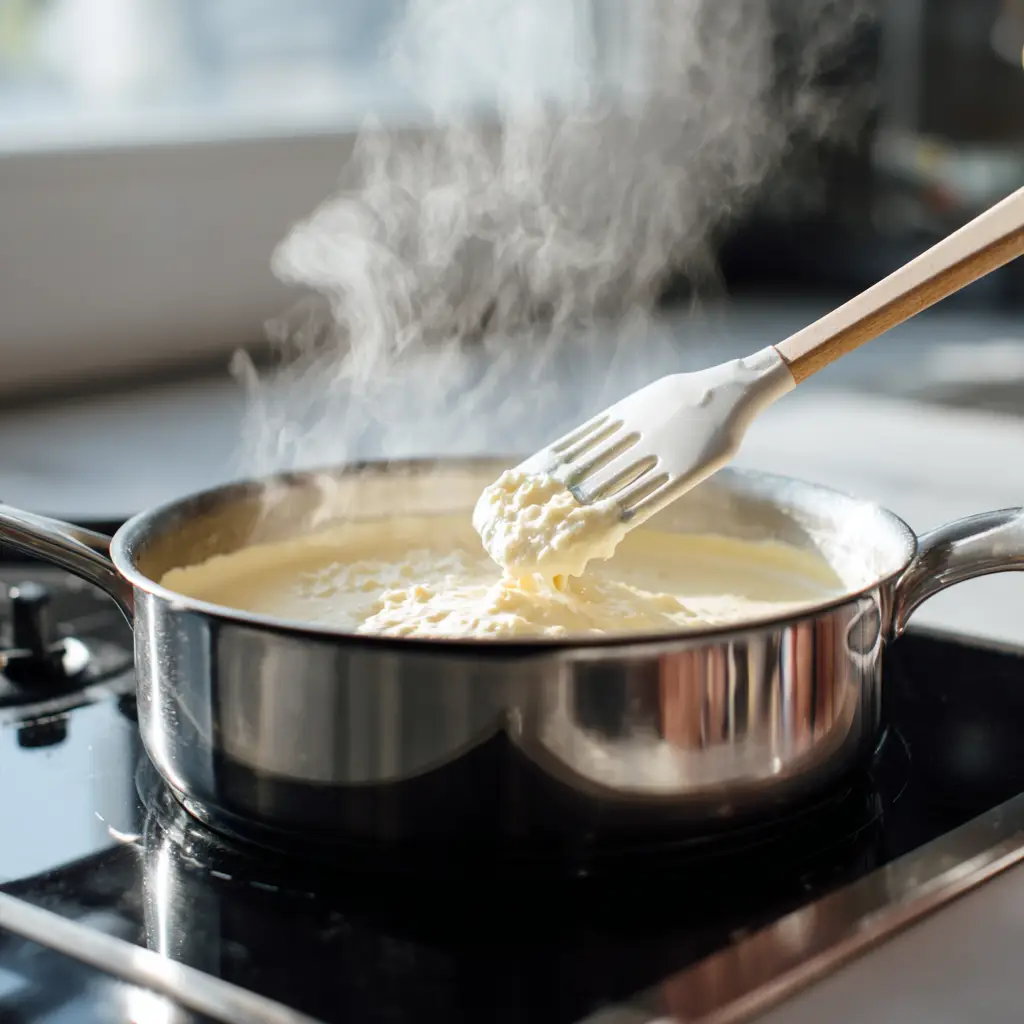
And if you’re looking for something to serve on the side with a light crunch, try this beef broccoli healthy recipe—a perfect pairing with the creaminess of mac.
Variations, Serving & Meal Prep Hacks
High-protein, gluten-free, or vegan versions
One of the best things about low calorie mac and cheese is how easy it is to adapt to your preferences—or your dietary needs. Whether you want to up the protein, cut gluten, or go entirely plant-based, you’ve got options.
- High-protein: Use a chickpea or lentil-based pasta and blend in cottage cheese or plain Greek yogurt. You can even stir in shredded rotisserie chicken or turkey for extra protein without adding many calories.
- Gluten-free: Most gluten-free pasta brands now make elbow or shell shapes. Choose one made from brown rice, quinoa, or legumes. Just be careful not to overcook—it breaks down faster than wheat pasta.
- Vegan: Swap the dairy for nutritional yeast, cashew cream, or silken tofu blended with unsweetened almond milk. Add a touch of lemon juice and mustard to mimic that classic cheesy tang.
Looking for inspiration? Try our tuna fish for weight loss recipe—it’s full of lean protein and works great as a side or main dish.
Batch prep, storage, and pairing ideas to make it a full meal
This dish is a lifesaver for busy weeks. I often double the recipe and portion it out for lunches and easy weeknight dinners. Here’s how I make it work:
- Batch prep: Cook the pasta and sauce, but stop before baking. Store in an airtight container and bake individual portions when ready. You can even freeze it—just thaw overnight before reheating.
- Storage: Keeps well in the fridge for up to 4 days. Reheat gently with a splash of milk or broth to bring the creaminess back.
- Pairing ideas:
- Serve with roasted veggies like broccoli, carrots, or Brussels sprouts.
- Add a fresh green salad with a light vinaigrette.
- Craving more comfort? Pair it with our healthy lasagna recipe for a meal that feels indulgent but stays on track.
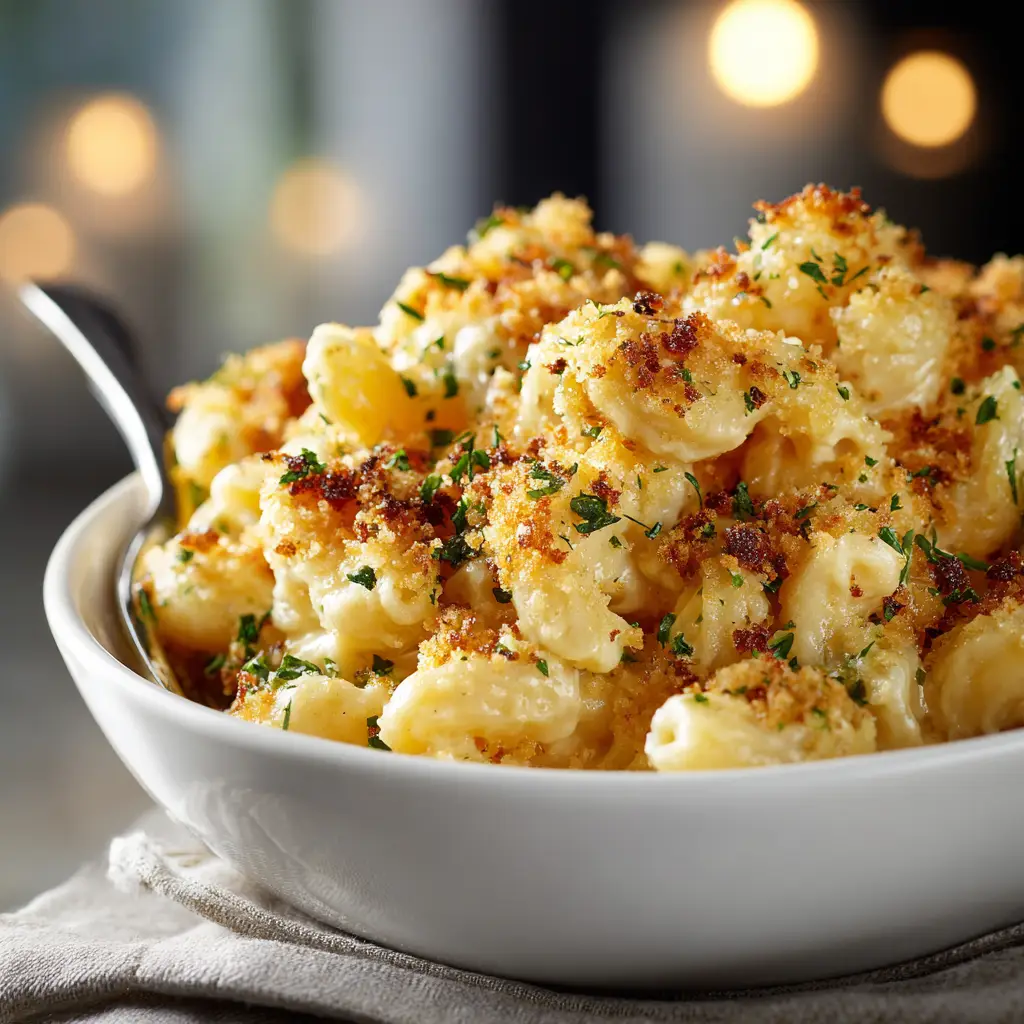
Whether you prep it for the week or serve it fresh out of the oven, this low calorie mac and cheese adapts to your life and your goals—no guilt, just flavor.
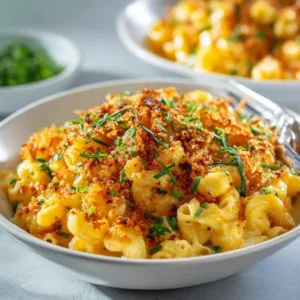
Low Calorie Mac and Cheese
Equipment
- medium pot
- blender
- saucepan
- mixing spoon
- baking dish (optional)
Ingredients
- 8 oz high-protein chickpea or lentil pasta
- 1 cup low-fat cottage cheese (blended)
- 1/2 cup 2% milk or unsweetened almond milk
- 3/4 cup light sharp cheddar cheese, shredded
- 2 tbsp parmesan cheese (optional for topping)
- 1 tsp Dijon mustard
- 1/2 tsp garlic powder
- 1/4 tsp paprika
- 1/4 tsp salt, or to taste
- 2 tbsp whole wheat or gluten-free breadcrumbs (optional)
Instructions
- Bring a pot of salted water to a boil and cook the high-protein pasta just until al dente. Drain and set aside.
- In a blender, combine the cottage cheese, milk, Dijon mustard, garlic powder, salt, and paprika. Blend until smooth and creamy.
- Pour the blended sauce into a saucepan over medium heat. Stir in the shredded cheddar and parmesan until melted and smooth.
- Add the cooked pasta to the cheese sauce and gently fold until fully coated.
- Optional: Transfer the mac and cheese to a baking dish. Sprinkle with breadcrumbs and a bit of parmesan, then broil for 3–5 minutes until golden and crisp.
Notes
Nutrition
FAQs About Low Calorie Mac and Cheese
Is it okay to eat mac and cheese while losing weight?
Yes—if you make the right version. Traditional mac and cheese is high in calories and saturated fat, but this low calorie mac and cheese is made with lighter ingredients and better portion control. It’s a smart way to satisfy cravings without sabotaging your goals.
What is the healthiest mac and cheese?
The healthiest mac and cheese uses whole grain or legume-based pasta, low-fat dairy, and high-protein additions like cottage cheese or Greek yogurt. Add some veggies like spinach or cauliflower for bonus nutrients. The version I’ve shared here is both light and nourishing.
How much mac and cheese is 200 calories?
A typical 200-calorie portion of traditional mac and cheese is around ¾ cup. With this low calorie mac and cheese recipe, you can enjoy a full 1 to 1¼ cup serving for the same calorie count, depending on your ingredients.
What are some easy ways to make mac and cheese healthier?
Here are a few:
Use chickpea or whole wheat pasta
Swap cream for blended cottage cheese or unsweetened almond milk
Add cauliflower, butternut squash, or zucchini purée
Choose sharp cheese so you can use less without losing flavor
Avoid processed cheese sauces and stick to whole, real ingredients
If you love practical swaps like these, check out our homemade mounjaro recipe with pink salt—another smart trick for healthier eating.
Explore Trusted Insights for Healthier Comfort Food
Ever wonder why this low calorie mac and cheese still tastes like the real deal? It’s not just about cutting calories. It’s about choosing smart ingredients that actually nourish you—like protein-rich swaps and fiber-filled pasta—so you feel full and happy, not deprived. A little balance goes a long way when comfort and health share the same plate.
You can learn more about building low-calorie, nutrient-dense meals through this helpful guide that breaks down the science behind smart ingredient choices.
For a broader understanding of healthy eating habits, this resource on diet and weight loss strategies outlines how food quality, portion sizes, and consistency can support your goals without sacrifice.
Quick Tips for the Best Low Calorie Mac and Cheese
If you’re short on time or just want the highlights, here are my go-to tricks for getting that perfect balance of creamy, flavorful, and calorie-conscious mac and cheese. These are the tips I rely on every time I make this recipe—no fluff, just what works.
- Cook pasta just to al dente – It keeps its shape better and doesn’t turn mushy when mixed into the sauce.
- Blend low-fat cottage cheese – It’s my secret to a rich sauce without cream. It melts in beautifully.
- Use sharp cheddar or aged cheeses – You get a stronger flavor using less cheese overall.
- Don’t skip the mustard – A teaspoon of Dijon brings out the cheese flavor without overpowering it.
- Breadcrumb topping = magic – A sprinkle of whole grain crumbs and a quick broil adds texture and satisfaction.
- Save pasta water – If your sauce gets too thick, a splash of it brings back that silky finish.
- Add hidden veggies – Butternut squash, spinach, or cauliflower blend in easily and add nutrition.
- Portion for the week – This low calorie mac and cheese stores perfectly for meal prep and reheats without losing its charm.
Don’t miss our coconut water mocktail for a fresh, low-calorie drink to pair it with—it’s one of my favorite combos when I want something comforting but balanced.
Conclusion: Comfort Without Compromise
Low calorie mac and cheese doesn’t mean sacrificing what you love—it means making smarter choices that still bring you joy. Whether you’re trying to lose weight, eat healthier, or just avoid food guilt, this version delivers everything you want: creaminess, flavor, comfort, and satisfaction.
With the right ingredients, a little blending magic, and maybe even a crispy top, you’ll never miss the full-fat version again.
Looking for more satisfying meals that love you back? Don’t miss our full comforting healthy recipes guide—your next favorite dish might be just a click away.

